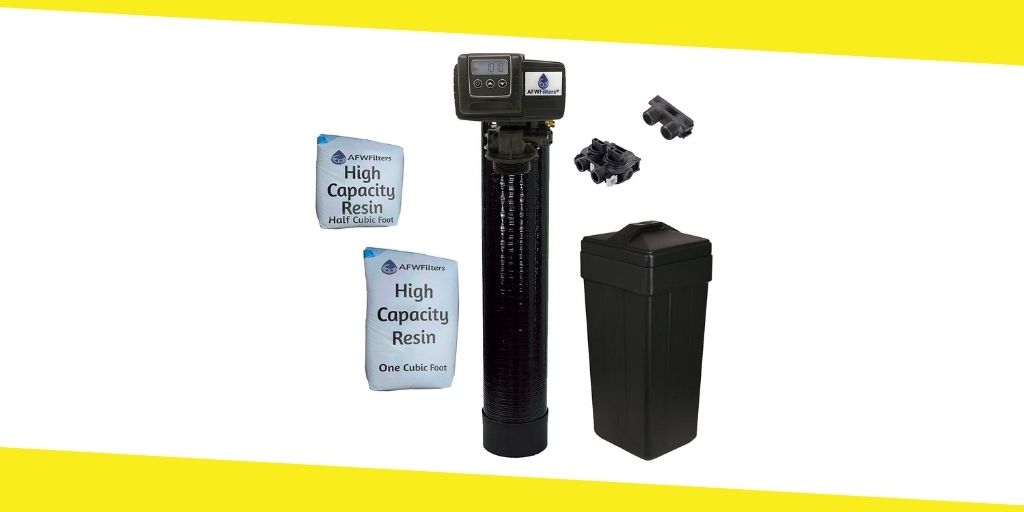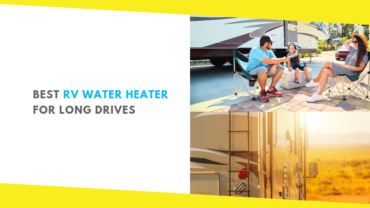How Does A Water Softener System Work?

Hard water is a problem in many parts of the world, and the principal purpose of a water softener is to remove minerals like calcium and magnesium from such water. A high concentration of minerals can be harmful to the body in many ways, and it also smells and tastes terrible. It will also result in scaly deposits on your fittings and household appliances, and eventually cause a plumbing blockage. It can lead to itchy skin and dry hair when you take a shower. By installing the best water softener system, you can eliminate almost all these problems.
Contents
ToggleComponents of a Water Softener System
A water softener system usually comes in two parts- a narrow, tall tank and a shorter, wider brine tank. The system is connected to the water inlet line of the house.
The brine tank is connected to the main softener tank with a tube. A second discharge hose starts from the softener tank and connects it to a dry well or drainpipe.
Next, the resin beads have to be filled inside the softener tank. They get permanently sealed inside. After that, remove the lid on the brine tank and fill it with salt pellets or potassium chloride pellets.
Working of A Softener System
To determine whether you need a water softener system or not, you can get your water tested. All you have to do is take a tap water sample from your home to a certified water-testing laboratory, and they will give you a report. Based on it, you can consult the professionals and decide which kind of system works the best for you.
After the water starts entering the water softener tank, it seeps into the resin beads. There is complex chemistry involved here as negatively charged resins draw out the water’s positively charged minerals. The process is known as ion exchange. Once the resins trap the minerals, the soft water distributes throughout the house through the other channel.
Regeneration Process
After a point, the resins will no longer be able to retract minerals from the water because they have reached their maximum limit. It is when the brine tank comes into the picture. During the regeneration process, the saltwater from the brine tank rises into the softener tank and flushes out the mineral deposits.
It cleans the resins thoroughly, and the dirty water is flushed out through the discharge hose. It is an automatic system, after which the softener system will again start removing minerals from the hard water.
On average, the regeneration process can happen after 10 to 12000 gallons of water have passed through the softener, but it could be less if the water is very hard.
Where to Install the Water Softener
The softener systems come in all shapes and sizes, and they can be installed in the garage, basement or utility closet and then connected to the water inlet of your home.
Always look for the best water softener system and get it installed by a licensed plumber or technician. It would help if you also had the system checked twice annually; even if it seems to be working fine. It is to make sure that your water softener system continues to give you clean water and operates at peak capacity all the time.
Most Inside
Most Inside offers high-quality recommendations and valuable updates to enhance all aspects of your life, providing premium guidance and enriching experiences.




